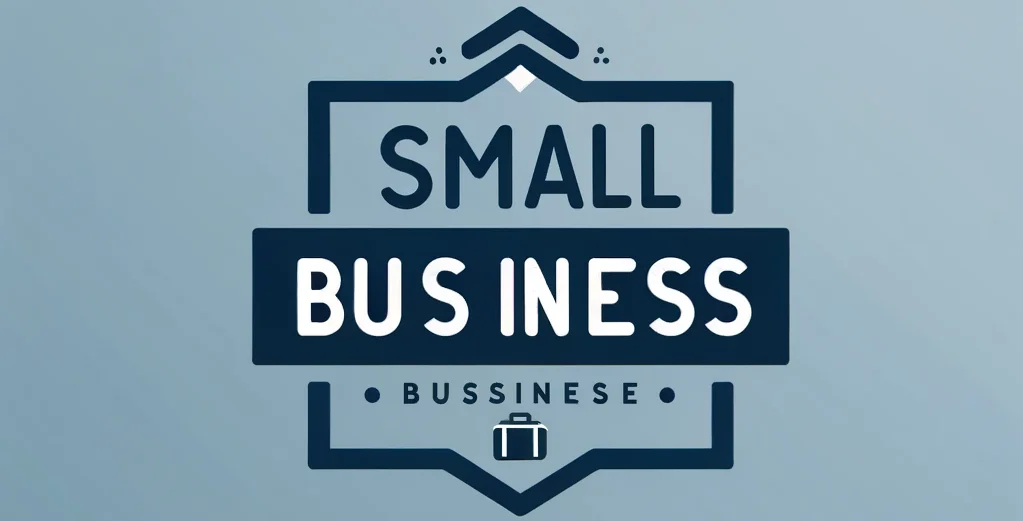Rank-and-file employees are often seen as those working during their prime years, typically between the ages of 25 to 54. However, the reality today is that our workforce is aging, with fewer young people and a growing number of older workers. Baby Boomers, a significantly larger population than subsequent generations, are turning 65 at a rate of 10,000 per day in the US.
With Baby Boomers retiring between ages 61 and 67, this “silver tsunami” poses serious challenges for HR departments. This article explores some of the issues organizations face with an aging workforce, including skill gaps, cultural shifts, and adapting to new technology.
HR departments are struggling to find younger workers to replace retiring Baby Boomers. There simply aren鈥檛 enough young professionals with the skills and experience needed. As a result, companies are looking for ways to keep their older employees longer and fully utilize their expertise.
To keep older employees longer, companies are implementing various strategies such as adjusting the workspace to meet older employees’ physical and mental health needs, allowing older employees to gradually reduce their working hours, and pairing older employees with younger ones for skill and knowledge transfer.
Having a multigenerational workforce offers several benefits. Older workers typically have a strong work ethic and high productivity levels, which translates into lower absenteeism and turnover rates. They bring a wealth of experience and are often more risk-averse compared to younger colleagues.
Despite their value, older employees face unique challenges, particularly in technology and culture. Keeping up with rapid technological changes can be tough for older employees. Employers need to invest in training and support to bridge this digital gap. In terms of cultural challenges, age discrimination is a significant issue. Many younger workers mistakenly view their older colleagues as slow or resistant to change.
Technostress, the stress caused by constant connectivity through mobile technology, often affects older employees more than their younger counterparts. Many older workers find it intrusive when required to respond to work messages after hours.
Older employees may also face health-related issues that affect their productivity. Health problems such as arthritis can hinder their ability to perform tasks like typing or moving quickly. Caregiving responsibilities can also add to their burdens. Flexible work arrangements and comprehensive healthcare benefits can help, although not all employers provide these accommodations due to cost concerns.
While older employees will eventually retire, organizations can plan for this by encouraging them to participate in leadership development programs. These initiatives help create a talent pipeline and reduce risks associated with turnover and an aging workforce.
Supporting older employees requires a proactive and understanding approach from employers. While aging brings its own set of challenges, older workers bring invaluable experience and knowledge to the workplace. By acknowledging and addressing their unique needs, organizations can fully benefit from a multigenerational workforce.



